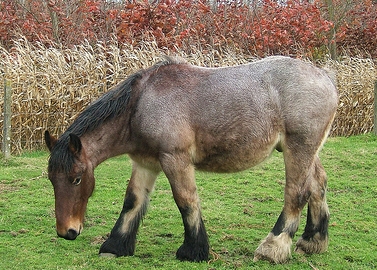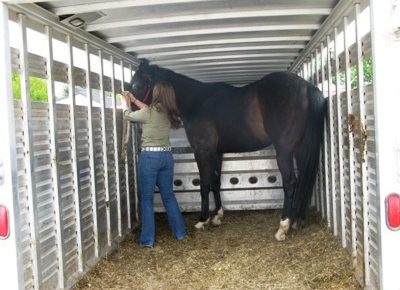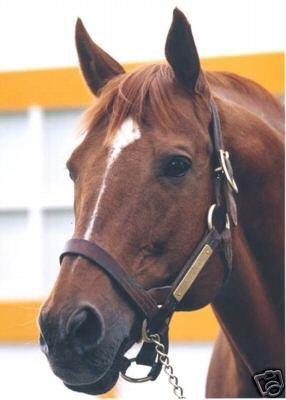It is reported that in rural and remote areas of Africa, horses and donkeys are the main sources of power and are increasing in numbers. These equines are used in place of heavy equipment such as tractors which are expensive to buy and maintain in working condition.
With the use of horses and donkeys to do the work of tending crops, transporting humans and goods and more, the equine population has needs which are not always seen to. Horses and donkeys more often than not, bear far too heavy burdens, have too long working days and are not cared for properly or abused. Many of these animals are rentals and do not receive the same care as the user’s own animals.
Veterinarians face different types of injuries from these animals being overworked, overloaded, forced to run on rough roads, inadequate food, water and housing, poor health care, inhumane treatment(hobbling, tethering, poor harness materials). They are harmed by owners who have no real knowledge of deworming, castration, branding, teeth and hoof care and the use of substances not meant to treat wounds or other problems. Some owners don’t have access to health care or are so poor that they cannot afford the care.
Apart from the many injuries suffered by the horses and donkeys, rabies, fungal infections, bacterial and viral diseases often spread by insects are some of the problems seen by veterinarians. These vets are trying to educate owners about the prevention of disease as well as which vaccines are available.
There are non-government organizations such as The Donkey Sanctuary, SPANA (Society for the Protection of Animals Abroad), World Horse Welfare, Brooke (a London-based international welfare organization) who try their very best and are providing education, care and low-cost humane equipment for owners. Hopefully, these organizations will make a difference and improve the care and treatment of Africa’s equines.



